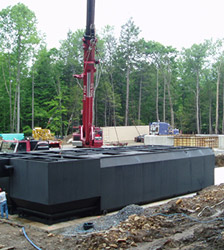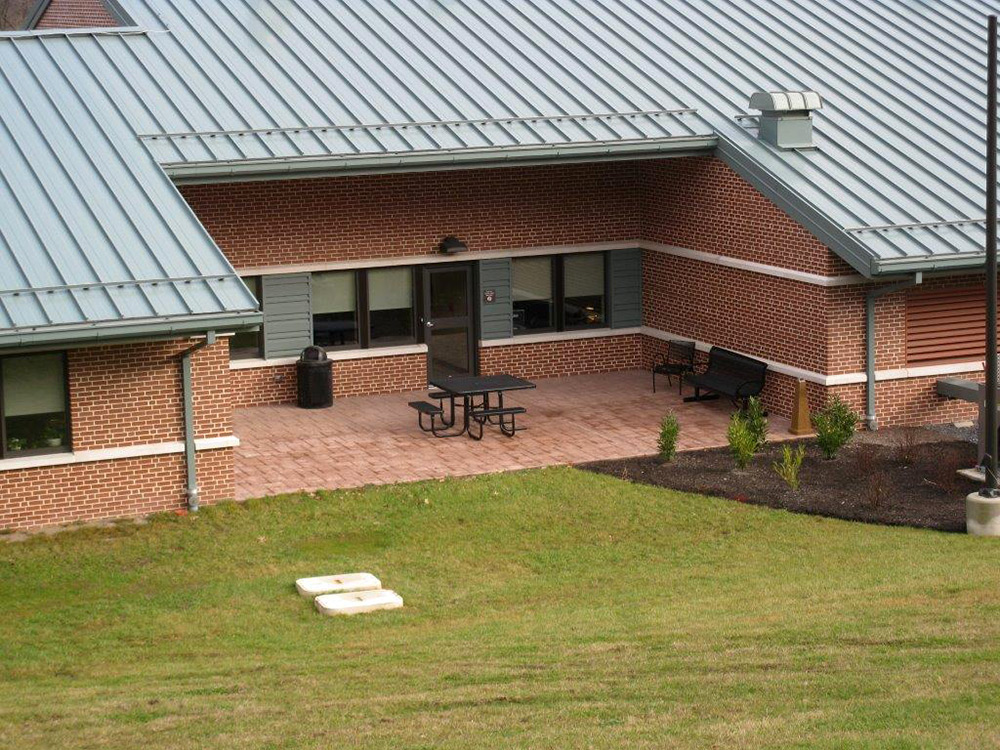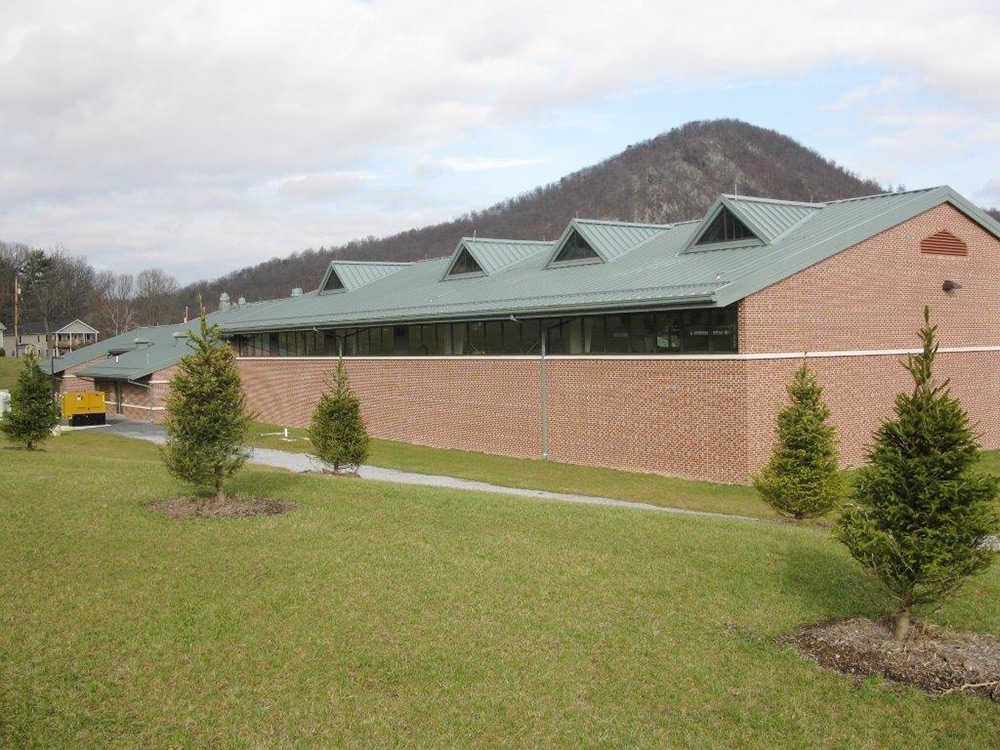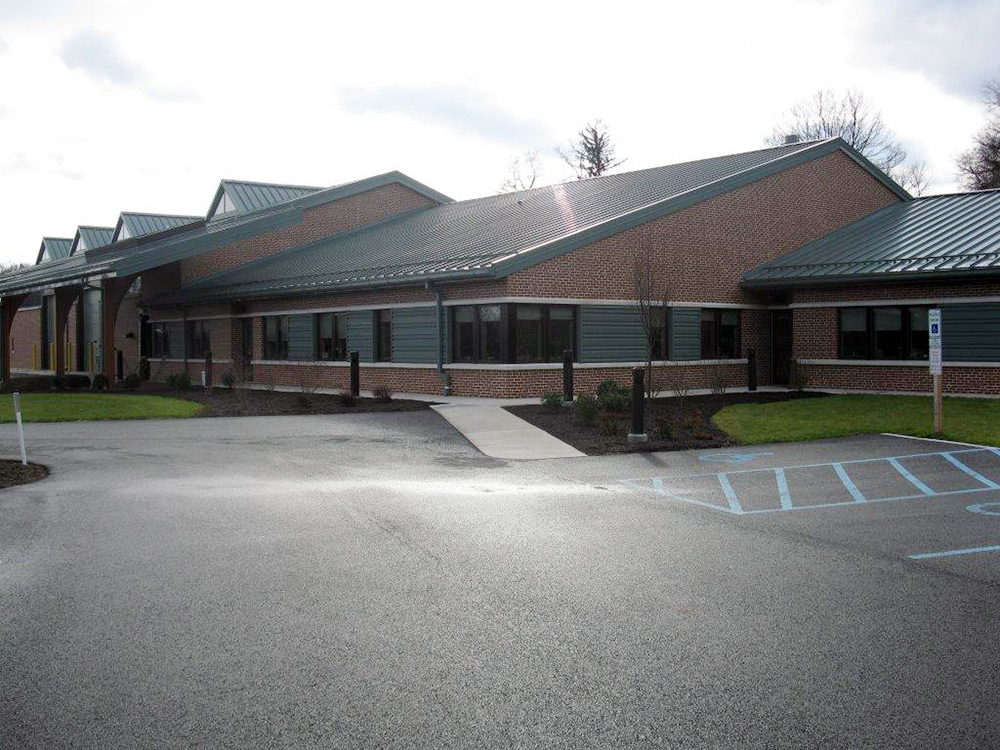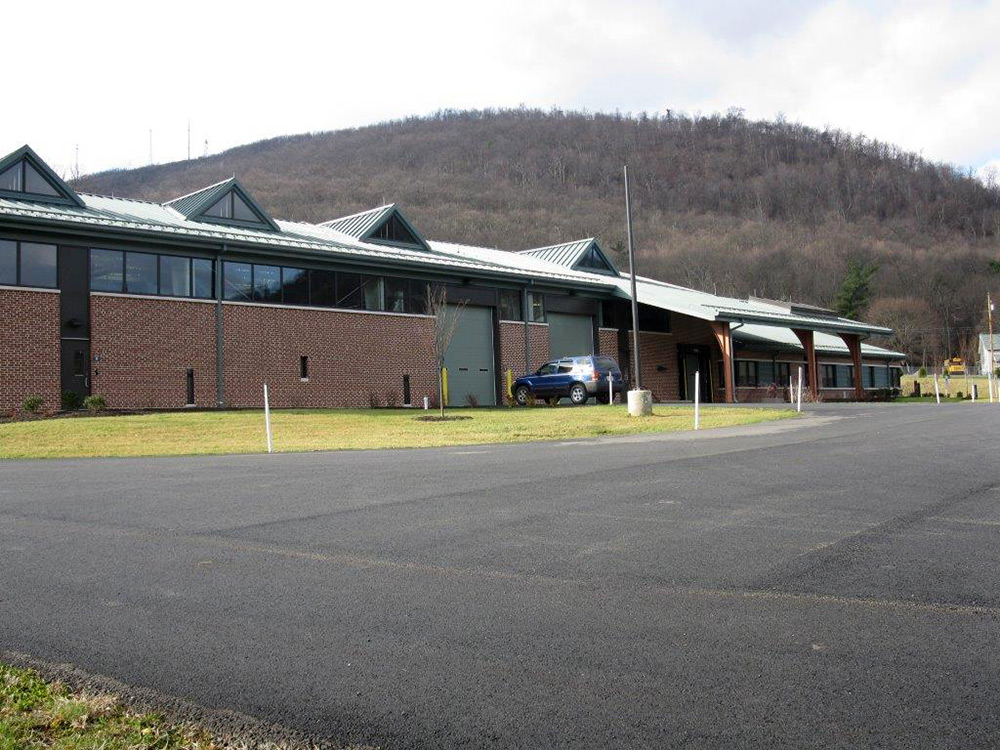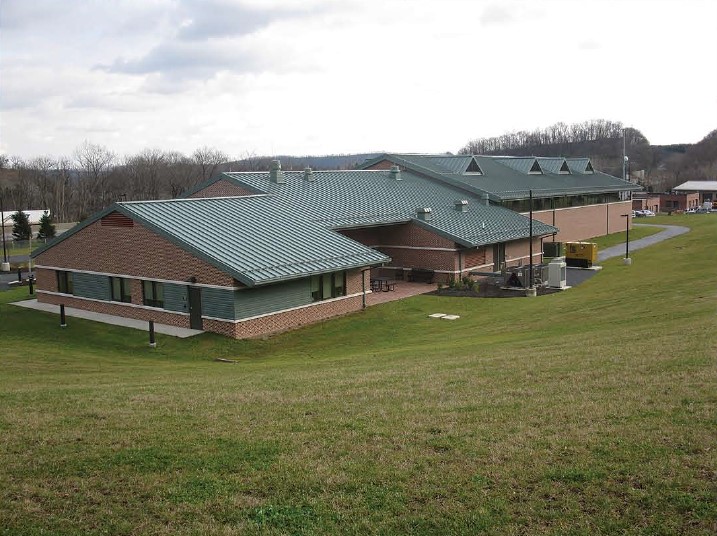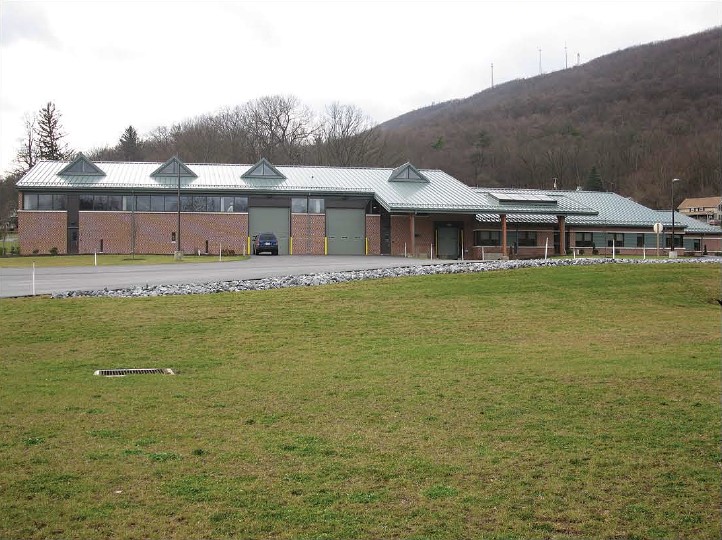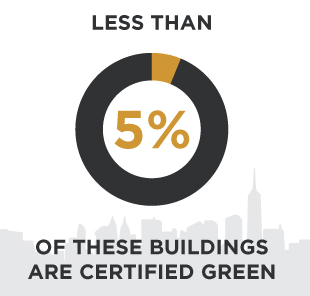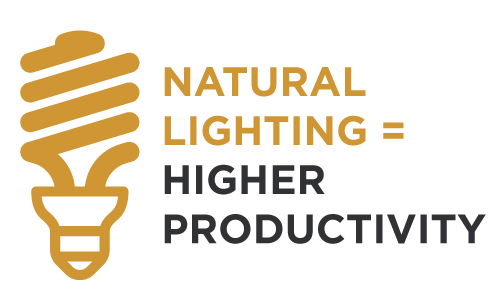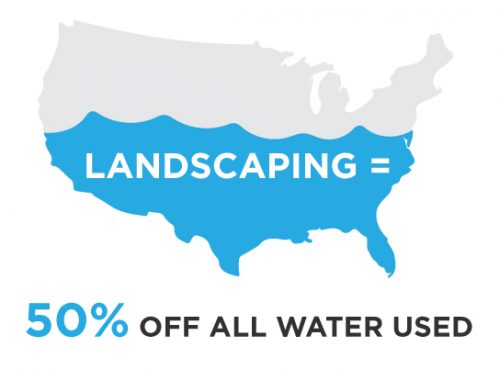PA Green Building Construction Projects
Clark Contractors has experience in constructing LEED Certified projects for the past 10 years. Recently completed projects for the Commonwealth Of Pennsylvania include Pennsylvania Turnpike Commission Everett Fares Collection Facility which reached the status of Silver Certification and the Pennsylvania Turnpike Commissions Somerset Maintenance Facility which will also reach Silver Certification.
Over the past 10 years Clark Contractors has constructed a total of 5 LEED projects.
Contact Us About Green Building Construction
Gallery
Clark Contractors has experience in using sustainable, high-efficiency building materials and construction practices to complete LEED Certified projects for the past 10 years. Recently completed projects for the Commonwealth Of Pennsylvania include Pennsylvania Turnpike Commission Everett Fares Collection Facility which reached the status of Silver Certification and the Pennsylvania Turnpike Commissions Somerset Maintenance Facility which will also reach Silver Certification.
Over the past 10 years Clark Contractors has constructed a total of 5 LEED projects.
Everett Fares
Contract Date: December, 2009
Completion Date: December, 2010
Contract Amount: $3,851,364
Project Specs: Construction of a new LEED Certified Silver fare collection warehouse/office building, 16,340 sqft.
Work completed:
- Asphalt paving
- Seeding
- Fencing
- Concrete work
- Masonry
- Pre-engineered steel building
- Framing
- Thermal and moisture protection
- Doors & hardware
- Finishes
- Specialties
- Sprinkler system
- Plumbing
- HVAC
- Electrical
- Project closeout
Going Green With New Construction
Environmentally friendly commercial construction is no longer a niche market. In fact, green building has become the default for Class A commercial buildings.
“Clients don’t think its Class A unless it’s green,” explains Jerry Lea, an Executive Vice President at Hines.
Based on this perception, it’s no surprise that about half of all Class A commercial space planned for 2015 is likely to be built green. This number is up from one third of new buildings only five years ago. In the next year alone, green building construction in the commercial sector will be worth $145 billion.
Class A commercial buildings are the most desirable type of commercial space, so they’re more likely to be built green. However, green building has become desirable for other types of commercial spaces too.
Two emerging markets are the hospitality and retail sectors. Right now, less than five percent of these buildings are certified green. Although green building projects in these sectors are rare, the demand is there. Many hotel owners prefer green buildings because green buildings give them a better return on investment.
Here in Pennsylvania, the demand for LEED certified projects is high. Philadelphia is one of the hottest markets for green office space in the nation. More than one third of all office space in Philadelphia is certified green!
Green building is catching on in Pittsburgh as well. Ten percent of all office space is built green. New green building projects are eligible for incentives, including the Pittsburgh Sustainable Development Bonus.
As a Pennsylvania LEED certified contractor, Clark Contractors has extensive experience with non-traditional commercial spaces. We’ve been working on green building projects for the last 10 years. We’ve developed hotels, shopping plazas and warehouses. We’ve also constructed wastewater treatment plants and sanitation buildings. We specialize in responding to the special needs of these projects, and are always looking to assist you with your unique commercial construction challenges.
Green Commercial Buildings Benefits
Green commercial buildings are desirable for both owners and tenants. Although they cost slightly more up front, most owners and tenants think it’s a worthwhile investment. Why? Green buildings offer higher rents, higher revenue and more productive workers. It’s a win-win scenario for owners and tenants.
Because companies understand the benefits of green building, they often want green commercial buildings.
Owners are able to charge higher rents for green office space than for other types of office space, and LEED or Energy Star certified office buildings have higher occupancy rates. They also sell for 13 percent more than non-green buildings. Many businesses are willing to pay up to 20 percent more for office space in a certified green building.
For tenants, green builds often provide lower utility bills, better indoor air quality and workers that are more productive. Green office spaces have higher revenue than their non-green counterparts, too. Retail spaces also find that green buildings offer higher revenues.
Many businesses realize that building or leasing a green office makes good economic sense, and is not only for financial benefit or for environmental good. Social and environmental responsibility helps differentiate you from your competitors.
Customers are willing to pay more for products from a socially responsible business, too. Consumers are starting to care more about the world around them and will often seek out companies that promote their genuine respect for the environment.
In fact, a recent survey showed that 55 percent of customers would pay more for products made by a company committed to social and environmental good. What better way to show customers that your business is committed to environmental good than to make your workplace green?
Key Features in Green Commercial Buildings
Building a truly sustainable commercial building starts well before the construction phase. Green building design influences the site selection, architecture and systems of a building. These reasons are why it is so important to work with an experienced green building contractor. At Clark Contractors, we will work with you from the beginning to incorporate green design into your commercial projects.
Here are several essential elements of green building projects.
Building Design and Orientation
One of the biggest elements of green building design is the use of passive solar design. Designers consider the building orientation, path of the sun and local weather patterns. They use sophisticated software to choose the best location and orientation for the building. Then they add skylights, windows and window glazings that maximize natural light and airflow.
Green building has become more important for non-traditional commercial spaces. For example, two recently completed projects – the Pennsylvania Turnpike Commission Everett Fares Collection Facility and Somerset Maintenance Facility – will achieve LEED silver certification. These spaces required unique green building designs that would serve both form and function.
Buildings that have a passive solar design use less electricity than other buildings. Since commercial buildings use a third of all electricity in the nation, passive design can make a big difference! Because they use heating and cooling systems less often, utilities are significantly less expensive. Many clients are interested in commercial green buildings for these benefits alone.
Green building design has other benefits for the businesses that occupy them. The indoor air quality is much better than in a standard commercial building. Employees are less likely to take sick days.
Natural lighting also means that occupants have greater productivity. Natural light is especially beneficial for retail spaces. Stores lit by natural light have higher sales than stores with artificial lighting.
Material Selection
Choosing the right building materials is an essential step in any green building project. Material selection begins early in the planning phase. Many green building projects use sustainably harvested lumber. Zero- or low-VOC paints and low-flow water fixtures are also good choices for a green building.
Contractors will work with you in the planning and design phase to choose the best green building materials and to develop a recycling plan.
Many types of construction waste can be recycled or donated instead of sent to a landfill.
Material selection plays a pivotal role in keeping you, your employees and your customers healthy. Sick building syndrome means that occupants have major health issues linked to spending time in a building. Once they leave the building, most occupants feel better. Unlike building-related illnesses, sick building syndrome does not have a single identifying cause. This means it’s difficult and costly to fix, and your health, profits and productivity are at stake.
Poor indoor air quality is a common cause of sick building syndrome. Chemical contaminants and poor ventilation are both contributors. Many construction materials contain volatile organic compounds (VOCs), carcinogens and carbon monoxide, which can all contribute to sick building syndrome respiratory illnesses.
Formaldehyde, a carcinogen, is often used in pressboard. Sealants, paints and carpets are also common sources of VOCs. Because green buildings avoid these materials, most green buildings have excellent air quality.
When looking for a contractor to assist with your green commercial building project, be sure to discuss the use of low or no-VOC alternatives throughout the construction process.
Sustainable construction materials are often made of renewable resources. For instance, bamboo is a fast-growing and popular alternative to hardwoods. Carpets made of wool or other renewable materials are an alternative to synthetic carpets. By choosing sustainable construction materials, you reduce the demand for environmentally damaging materials. You will also have a wider range of disposal options at the end of the product’s lifecycle.
Wastewater System Design
Greywater systems divert lightly used water into landscaping irrigation – they do not divert water from toilets. In commercial buildings, this water comes from sinks, cafeterias and laundry facilities. Since landscaping accounts for about 50 percent of all water used in the United States, a greywater system can make a huge difference!
Water efficient appliances can also reduce wastewater. For instance, choosing WaterSense certified sinks and toilets saves water. Smart irrigation systems can automatically prevent watering if rain is in the forecast.
Landscaping is one of the top three uses of water in commercial buildings. Diverting already used water to landscaping saves drinking water, a valuable resource. Some commercial buildings in Pittsburgh have been able to install greywater systems. Since most used water is treated via the same sewage system, recycling lightly used water is especially important!
Clark Contractors is experienced with incorporating water management into our buildings. In fact, we built the Carbon Township Waste Water Treatment Plant!
Green roofs
Green roofs extend a standard roof system with waterproofing, a drainage system and plants. They offer natural cooling and a habitat for endangered birds and insects. Green roofs, which are popular in Europe, are catching on in the United States. In 2013, the number of buildings with green roofs grew by about 10 percent!
In terms of their function, green roofs vary widely. The majority of green roofs resemble natural prairies or fields, and do not have heavy vegetation. Some green roofs are planted with a purpose in mind, meaning they could be a vegetable garden that produces food for restaurants in the building. Some roofs are also landscaped and used as additional retail or restaurant space.
In most cities, roofs are some of the hottest surfaces around. Typical building materials hold heat well, so downtown areas can be several degrees hotter than nearby parks. The plants on green roofs provide shade and remove heat from the air, counteracting urban heat islands.
Green roofs can also divert stormwater, improve air quality and provide a habitat for birds and insects. Many green roofs are lightly planted with native plants and flowers. In urban areas, green roofs can be an important part of the ecosystem.
Because green roofs keep buildings cool, building occupants benefit from a cooler building. Plants improve air quality, so occupants are less likely to have respiratory infections or other illnesses. Green roofs are coveted as community gardens, playgrounds and retail and restaurant space.
Energy Efficient HVAC Systems
Heating, ventilation and air conditioning systems have a range of different efficiency levels. Contemporary HVAC systems include wireless monitoring and learning thermostats. These allow different areas of a building to have different temperatures. Thermostats can also “learn” from when the heating and cooling is adjusted.
Later, the thermostat can automatically make these adjustments.
New technology means that HVAC units are becoming more energy efficient, but sometimes passive heating and cooling isn’t enough.
In Pennsylvania’s cold winters, most commercial buildings should be complemented by heating systems. Complementary air conditioning is also important during hot summer months. A green building contractor can design and install environmentally friendly HVAC systems. As a LEED certified contractor, Clark Contractors can help you choose the most energy efficient HVAC system for your building.
Living Walls
Living walls, or vertical gardens, are a stunning architectural addition to commercial office buildings. These vertical gardens are planted in specially constructed walls with a watering system. The PNC Headquarters in Pittsburgh features one of the biggest living walls in North America. Living walls make great additions to the interior or exterior of commercial buildings.
Living walls improve indoor air quality and lower temperatures in buildings. They’re also a valuable aesthetic addition to green buildings. Because much of the work of a green building is located behind the scenes, living walls serve as a visual reminder.
If you want to include a living wall in your commercial space, it is helpful to plan from the beginning. This level of planning ensures walls are built with reinforced materials and integrated watering systems. The benefits include better indoor air quality and cooler temperatures, and saves you the hassle of retrofitting.
Planning an Environmentally Friendly Project
Green building design is not a last minute addition. Planning for a sustainable commercial building starts early in the construction process. It affects the entire design. A LEED accredited contractor can guide you through the building process, from site selection to construction waste disposal.
Achieving LEED or Energy Star certification is a complex process. It is also a valuable one. Green buildings improve employee health, product recognition and company profits. It is important to have a contractor with LEED qualifications working with you throughout the building process. To find out more about the green building process, contact Clark Contractors today.



